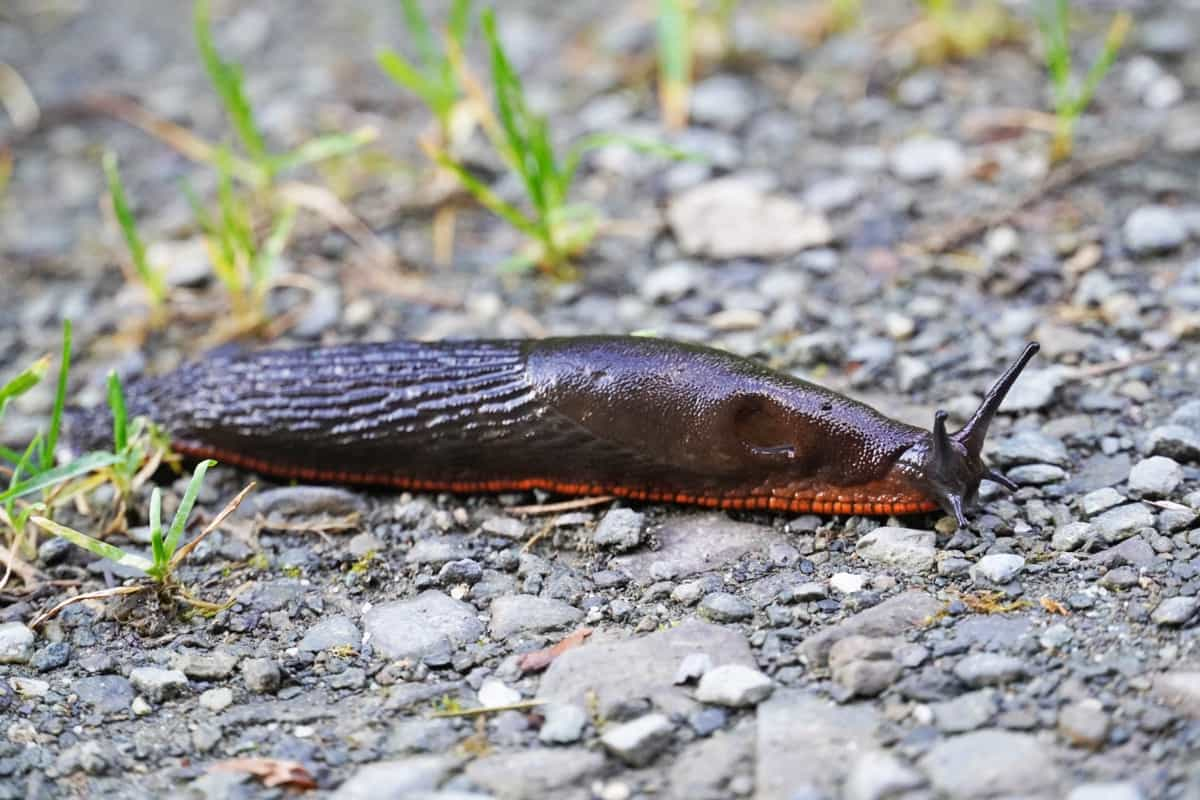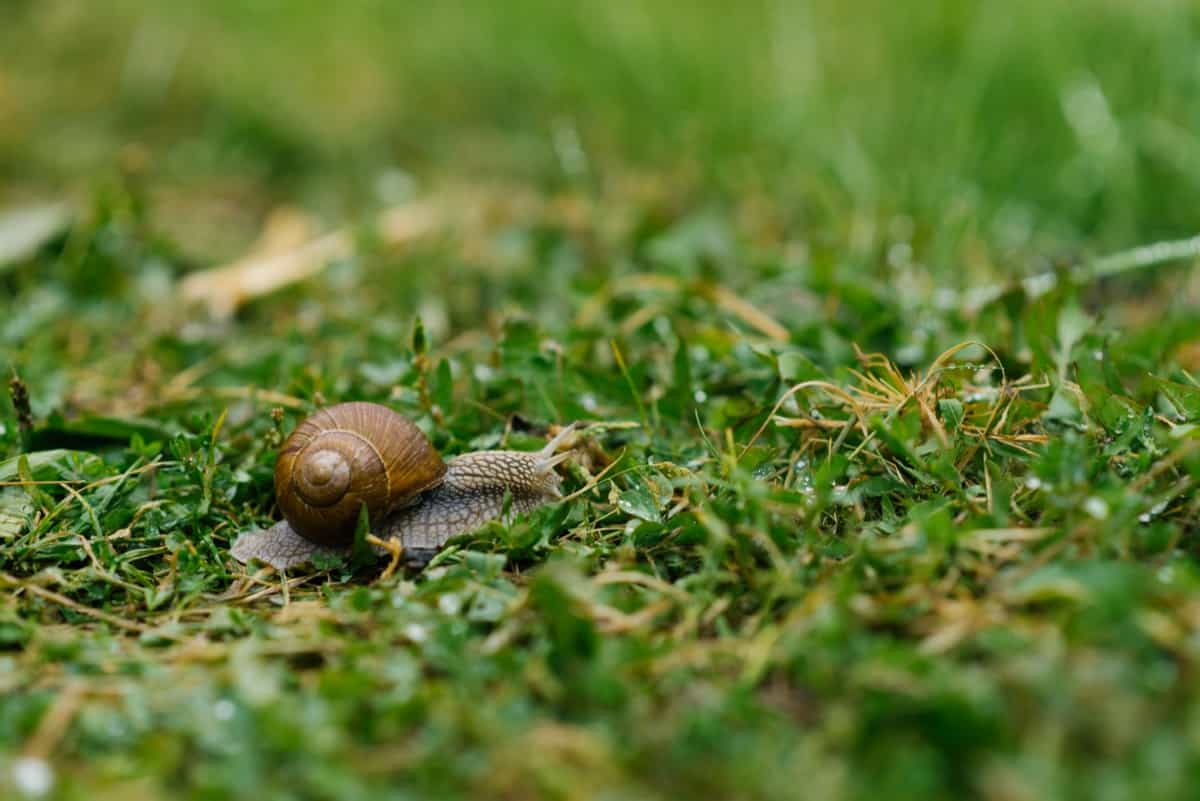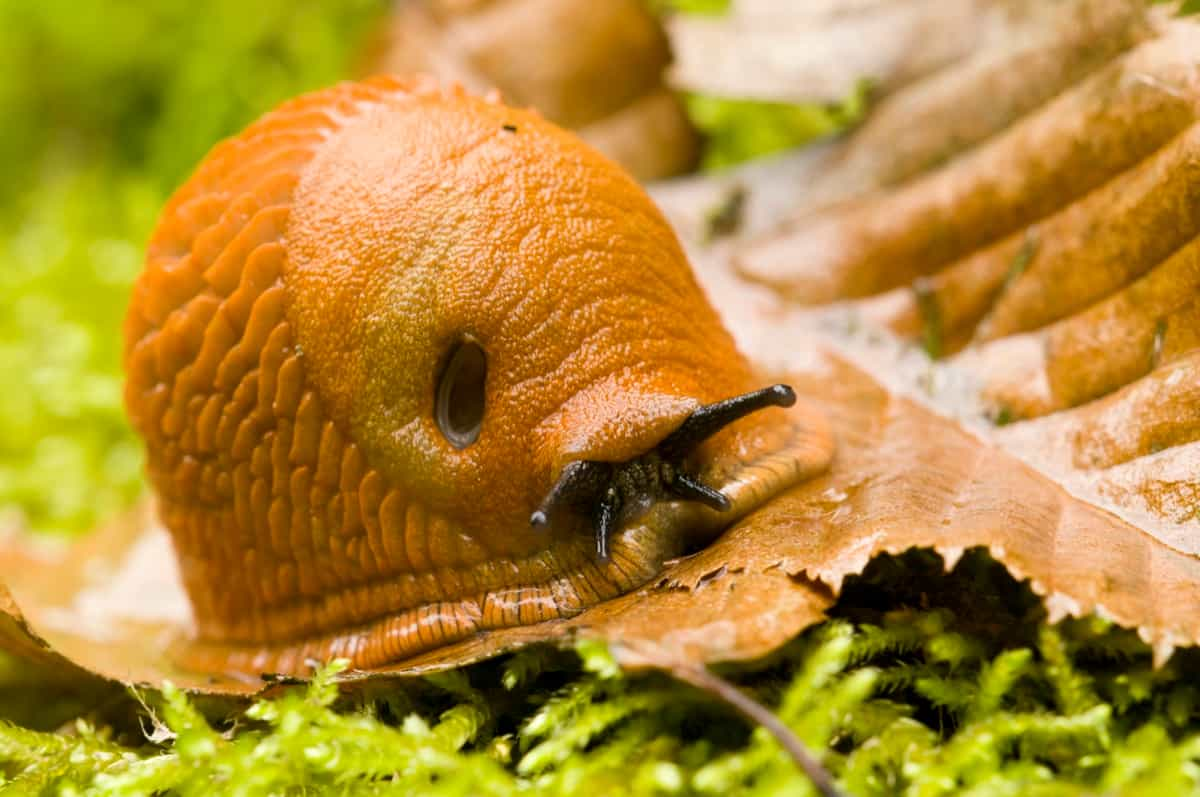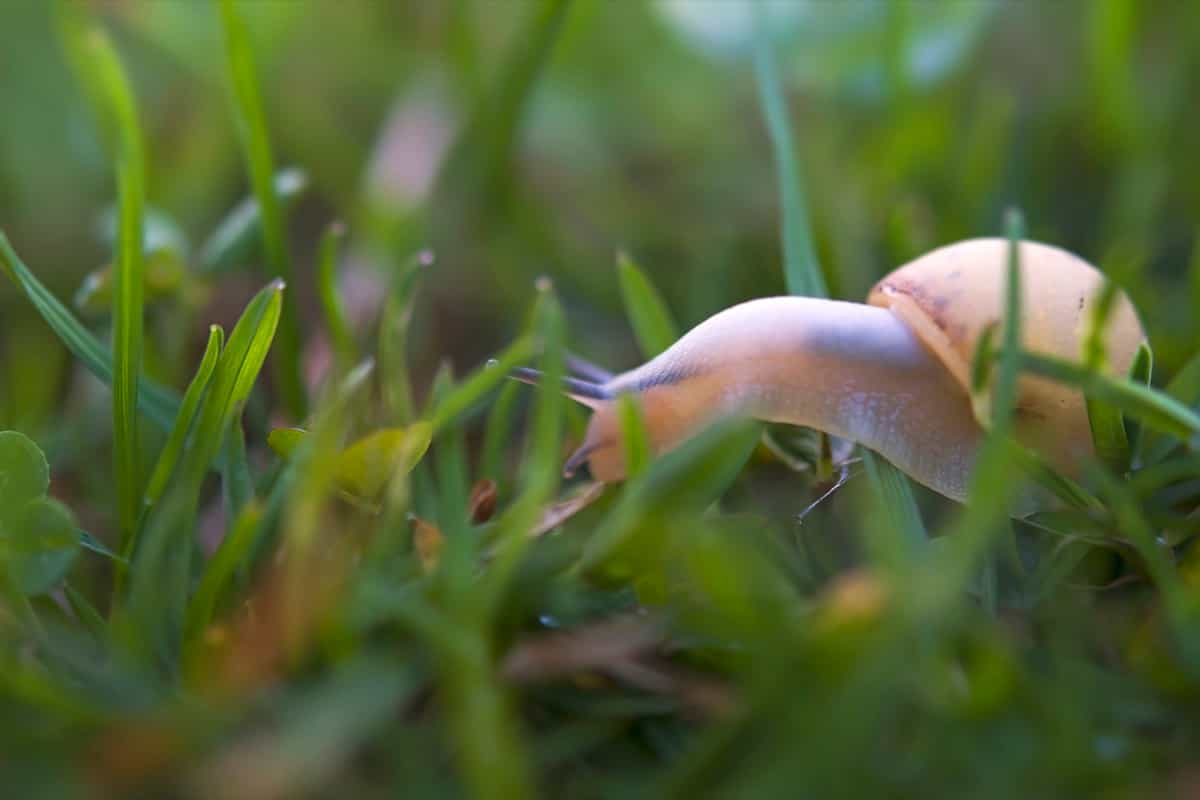Dealing with slugs and snails in your lawn can be a challenge, but opting for natural methods provides an effective and eco-friendly solution. By understanding their behavior and preventative measures, you can maintain a healthy lawn without resorting to harmful chemicals. This guide explores the behavior of slugs and snails, offering insights into their habits and preferences. Additionally, it provides practical tips for creating a natural barrier to protect your lawn from these garden pests.

How to Get Rid of Slugs and Snails in Lawn Naturally
Understand the Behavior of Slugs and Snails in Your Lawn
Slugs and snails thrive in moist environments, making lawns with dense vegetation and damp conditions particularly attractive to them. These pests are most active during the evening and nighttime, feeding on a variety of plants and leaving behind a telltale slime trail. To effectively address the issue, observe their feeding patterns and hiding spots. Focus on areas with dense foliage, overgrown plants, and damp patches.
Create a Slug and Snail Barrier for Your Lawn
Start by clearing away debris, weeds, and any accumulated organic matter, as these provide ideal hiding places. Use natural deterrents such as crushed eggshells, diatomaceous earth, or copper barriers around vulnerable plants. These substances create an inhospitable surface for slugs and snails, deterring them from crossing.
Additionally, consider incorporating plants with strong scents like lavender, rosemary, or mint, as these can act as natural repellents. Regularly inspect and maintain your barrier, as well as the overall health of your lawn, to ensure long-term effectiveness in controlling slug and snail populations without resorting to harmful chemicals.
Natural Predators of Slugs and Snails
Ducks and chickens are voracious consumers of these pests and can be employed in designated areas of your garden. Birds such as thrushes, robins, and blackbirds are also known to have a keen appetite for slugs and snails. Beetles, including ground beetles and predatory beetles, contribute to biological pest control by feeding on slug eggs and young snails.
To encourage these predators, create habitats like birdhouses or beetle banks in your garden. Nematodes, microscopic worms that are harmless to plants and animals, can be applied to the soil to target and control slug and snail larvae. By fostering a diverse ecosystem, you promote a natural balance that keeps these pests in check without resorting to chemical interventions.
Using Copper to Deter Slugs and Snails
Copper serves as a natural and humane deterrent against slugs and snails due to its reaction to their slimy mucus. When these slugs and snails come into contact with copper, a mild electric shock is produced, discouraging them from advancing. To utilize copper effectively, create barriers around vulnerable plants by placing copper tape or strips at the base of stems or around planting pots.
In case you missed it: Neem Oil for Slugs and Snails Control in the Garden: A Natural and Organic Approach

Alternatively, copper mesh can be laid on the soil surface to protect larger areas. Regularly inspect and clean the copper barriers to ensure their continued effectiveness, as a buildup of debris or oxidation can reduce their deterrent properties. While copper provides a safe and eco-friendly solution, it’s essential to combine its use with other preventive measures, such as maintaining a well-aerated lawn and encouraging natural predators, for comprehensive slug and snail control in your garden.
Beer Traps for Slug and Snail Control
Beer traps are popular and effective for controlling slugs and snails in gardens. These simple traps take advantage of these pests’ attraction to beer and their tendency to drown in liquid. To create a beer trap, bury a shallow container, such as a saucer or small bowl, in the soil so that the rim is at ground level. Fill the container with beer, and slugs and snails will be lured to the scent, fall in, and drown. Place these traps strategically in areas prone to slug and snail activity. Regularly empty and refill the traps to maintain their effectiveness.
Diatomaceous Earth as a Natural Slug and Snail Repellent
Diatomaceous earth, composed of fossilized algae, is an abrasive powder that serves as a natural and non-toxic slug and snail repellent. When sprinkled around plants or on the soil, it creates a barrier that dehydrates and damages the soft bodies of slugs and snails, ultimately deterring them.
Ensure the diatomaceous earth is dry for optimal effectiveness, as moisture reduces its abrasive properties. Reapply after rain or watering. Take caution when applying, as diatomaceous earth can also affect beneficial insects, so focus on targeted areas where slugs and snails are problematic.
Planting Slug and Snail-Resistant Plants in Your Lawn
Opt for plants with thicker leaves, hairy textures, or those containing natural repellents in their tissues. Plants such as lavender, rosemary, and geraniums are known for their resistance to slugs and snails due to their strong scents and textures that these pests find unappealing. Consider incorporating perennial flowers like foxgloves, ornamental grasses, or plants with fuzzy foliage, as these are less attractive to slugs and snails.
Using Coffee Grounds to Repel Slugs and Snails
Coffee grounds, often considered waste, can serve as an eco-friendly solution to deter slugs and snails. The gritty texture of coffee grounds creates an uncomfortable surface for these pests, discouraging them from crawling across it. Additionally, the acidity in coffee grounds may contribute to the repellent effect.
In case you missed it: How to Use Neem Oil on Cactus Plants: Best Way to Get Rid of Bugs Naturally from Cacti

Sprinkle used coffee grounds around susceptible plants or create a protective border. It’s essential to apply the coffee grounds in a relatively dry form, as wet grounds may lose some of their deterrent properties. Regularly replenish the coffee grounds, especially after rain or watering.
Natural Sprays for Controlling Slugs and Snails
One popular spray involves mixing a solution of water and garlic or chili pepper. These pungent ingredients act as natural deterrents, creating an inhospitable environment for slugs and snails. To prepare the spray, finely chop garlic or chili peppers, steep them in hot water and strain the liquid before spraying it on susceptible plants.
Another option is a soap spray, which disrupts the pests’ slime production, leading to dehydration. Mix a mild soap (free of additives) with water and apply it to affected areas. Ensure the spray does not harm beneficial insects, and use it in moderation. Regular application, especially after rain, is crucial for sustained effectiveness.
Maintaining a Healthy Lawn to Discourage Slugs and Snails
Start by avoiding overwatering, as these pests thrive in damp conditions. Ensure proper drainage and aerate the soil to reduce excess moisture. Regularly remove debris, weeds, and fallen leaves, as they create hiding spots for slugs and snails. Trim overgrown vegetation and create open spaces in your lawn to limit potential habitats. Introduce natural predators like birds or ground beetles that feed on slugs and snails.
In case you missed it: How to Use Neem Oil on Succulents: A Natural Way to Get Rid of Bugs on Succulents

Planting a variety of vegetation can also disrupt their feeding patterns and reduce the risk of infestation. Implementing good gardening practices, like companion planting, can further discourage these pests. By fostering a healthy and diverse lawn environment, you create conditions that are less favorable for slugs and snails, promoting a natural balance in your garden.
Conclusion
In conclusion, adopting natural methods to control slugs and snails in your lawn ensures a harmonious and eco-friendly approach. By following the above-discussed techniques, you can successfully manage slug and snail populations without resorting to harmful chemicals, fostering a thriving and sustainable outdoor environment.
- Beneficial Insects in Pest Management
- Natural Solutions for Pest Control in Flower Gardens
- Types of Fungicides Used in Agriculture
- Common Issues in the Fruit Development Stage of Pomegranate Farming
- Fruit Development Issues in Papaya: Easy Solutions and Treatment
- Soil-Borne Diseases and How to Protect Your Plants
- Practices to Prevent Disease Spread in the Garden
- From Wilted to Thriving: How to Treat Root Rot Naturally in Houseplants
- Natural Remedies to Cure Brown Spots on Fig Tree Leaves